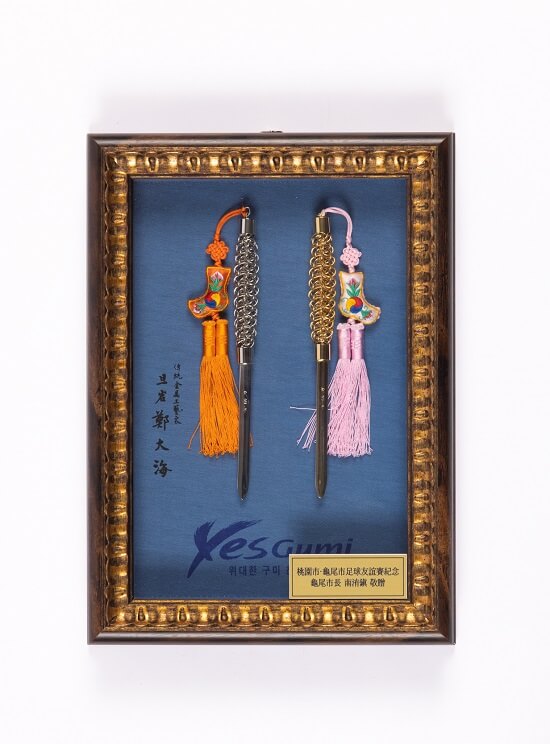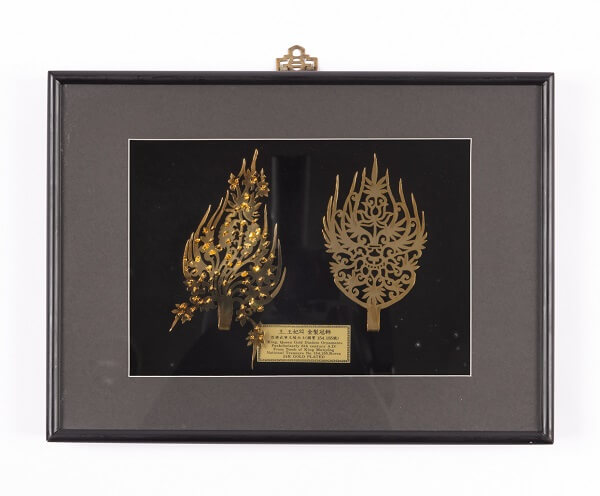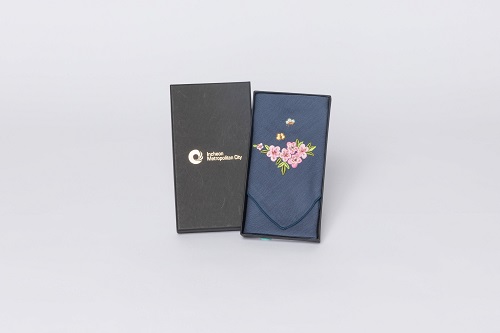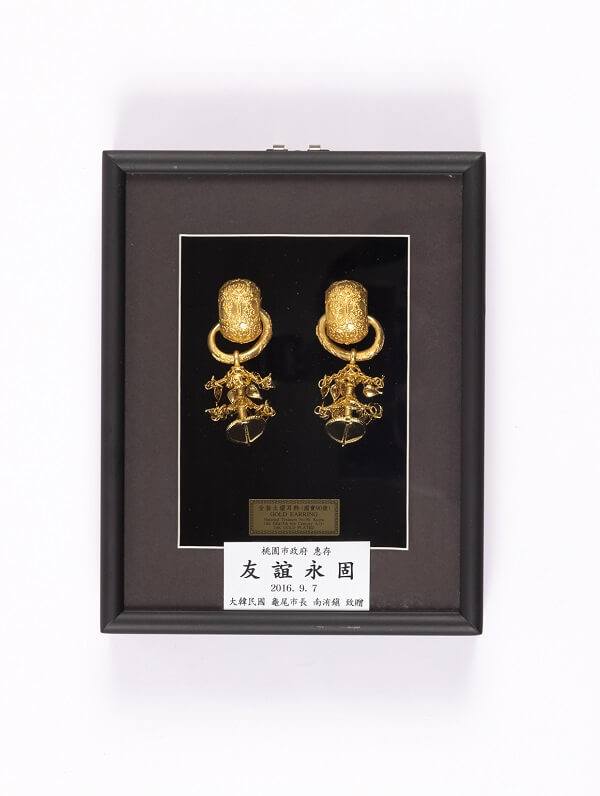
Gyeryongsan iron pigment buncheong ware
Updated at 2022-04-25
Buncheong ware is one of the Korean peninsula’s traditional ceramic forms. It is one of the two representative porcelains of the Joseon dynasty along with Joseon white porcelain. It was inspired by Chinese blue and white porcelain, but has its own unique style. It is characterized by using white mineral pigments containing oxidized iron or oxidized ferrous metals to directly paint designs on gray or ash gray clay body. The kilns weren’t controlled by authorities, so there was greater freedom in the selection of techniques and motifs, and the resulting wares show the optimism and simplicity of the Korean people. It’s worth mentioning that South Chungcheong Province selected Buncheong ware to give as gifts because its Gyeryongsan is a major source of Buncheong ware.
Language: Korean
Area: 8,246 square kilometers
Population: Approx. 2,130,000 people
Main Industries/Features: South Chungcheong Province's industrial makeup is 10.8 percent agriculture/forestry/aquaculture (6.8 percent higher than the South Korean national average), 41.2 percent manufacturing (8.0 percent higher than the national average), and 48.0 percent service (14.8 percent lower than the national average). Agriculture, forestry, and aquaculture are a traditional mainstay industry. The main crops are rice, wheat, tobacco, ginseng, and apples. The silk industry is also fairly developed, as is the animal husbandry industry, including hogs and dairy cows. The province is a supplier of meat to neighboring metropolitan areas. The aquaculture industry is blessed with very favorable conditions. It mainly breeds fish such as yellow croaker, mackerel, saury, and cod, as well as aquatic products such as oysters, seaweed, yellow clams, abalone, white clams, and kelp. The spicy oyster sauce produced by Ganwoldo Island off of Seosan and Boryeong's wild red clams and seaweed are some of South Chungcheong Province's most famous local specialties. Its sun-dried salt industry is also very developed, and there are many salt flats along the coast. South Chungcheong Province has 100 industrial zones, including six national industrial zones, 22 regional industrial zones, and 72 agricultural industrial zones. South Chungcheong Province is located in the southwest of the central part of the Korean peninsula. The capital is Hongseong County. The province enjoys an excellent geographical location, four distinct seasons, a pleasant climate, a beautiful environment, a developed transport network, abundant tourism resources, and a profound historical and cultural heritage. The Baekje kingdom existed for over a century in the Gongju and Buyeo regions, allowing Baekje culture to further develop locally. Both places have numerous historical sites.
相關藏品

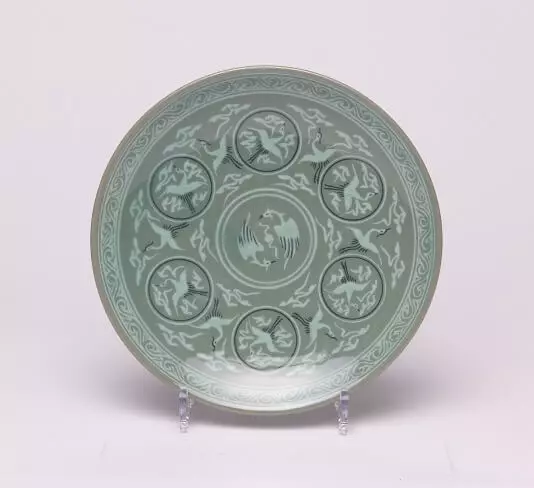
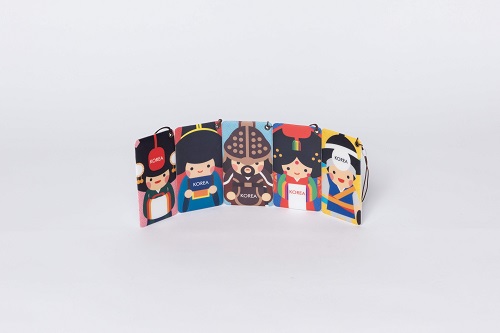
.JPG)
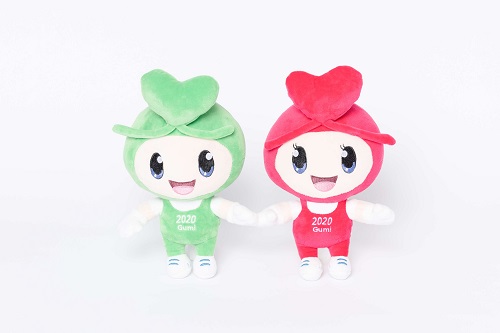
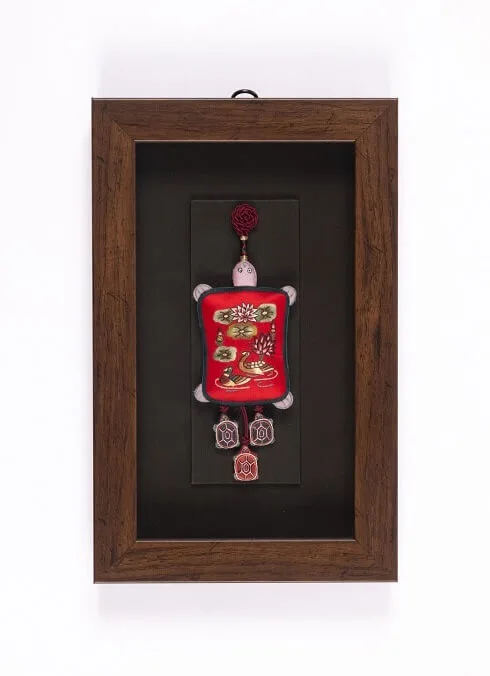
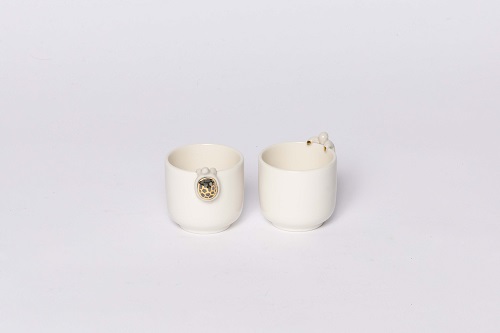
.jpg)
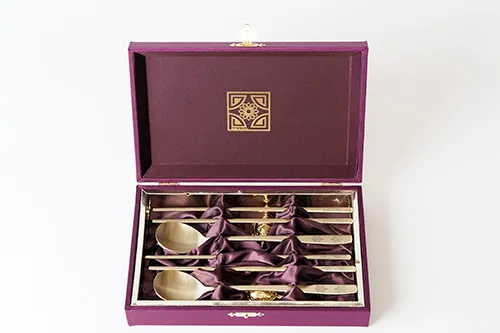
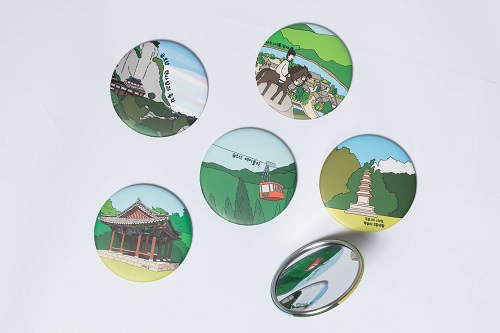
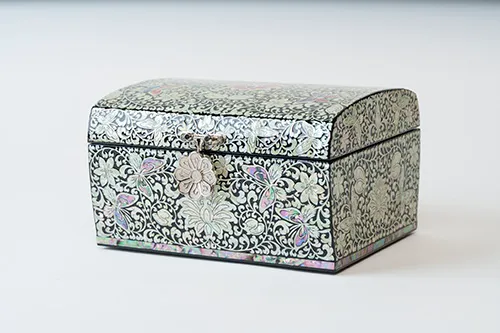
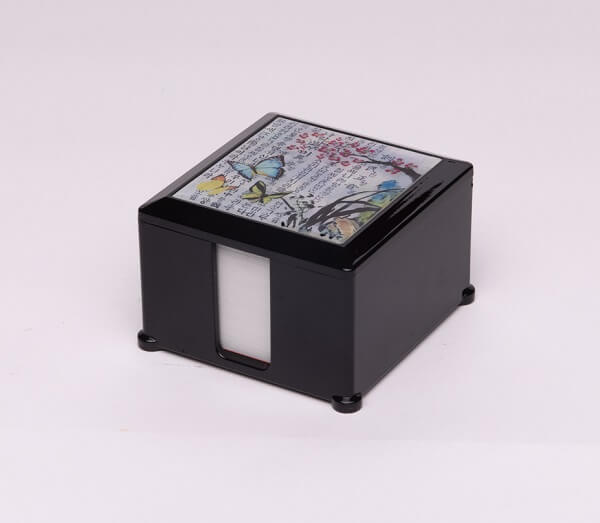
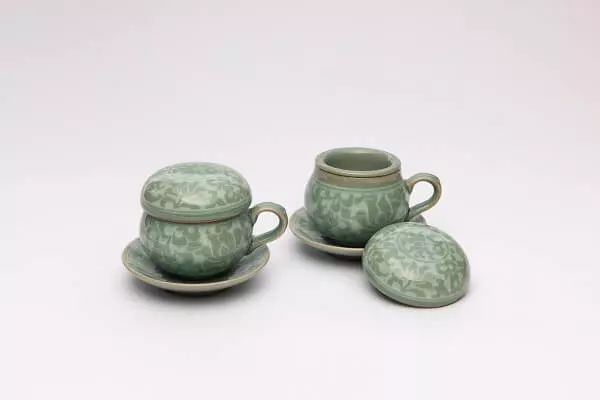
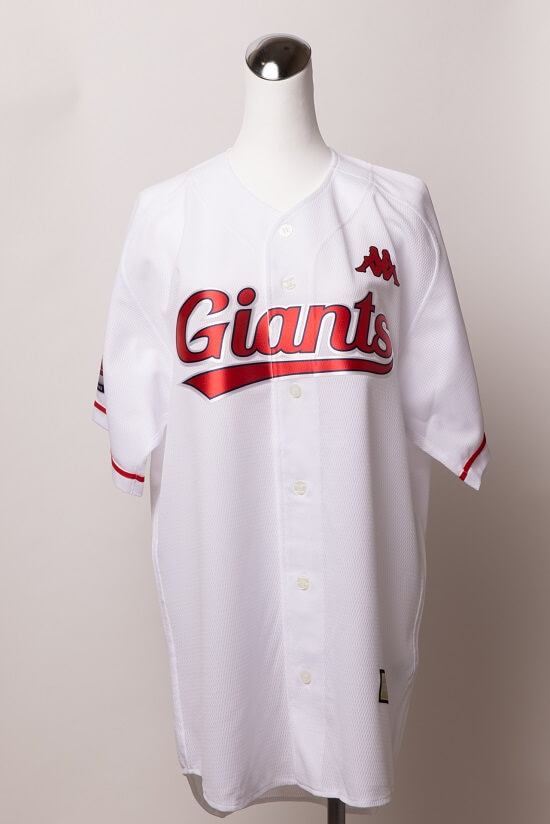
.JPG)
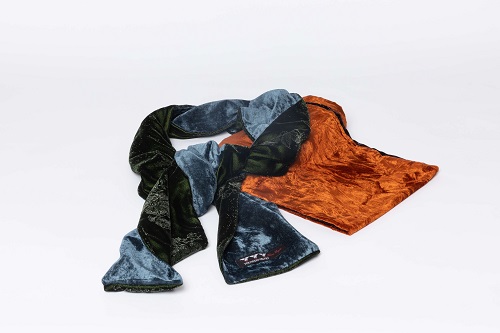
.JPG)
